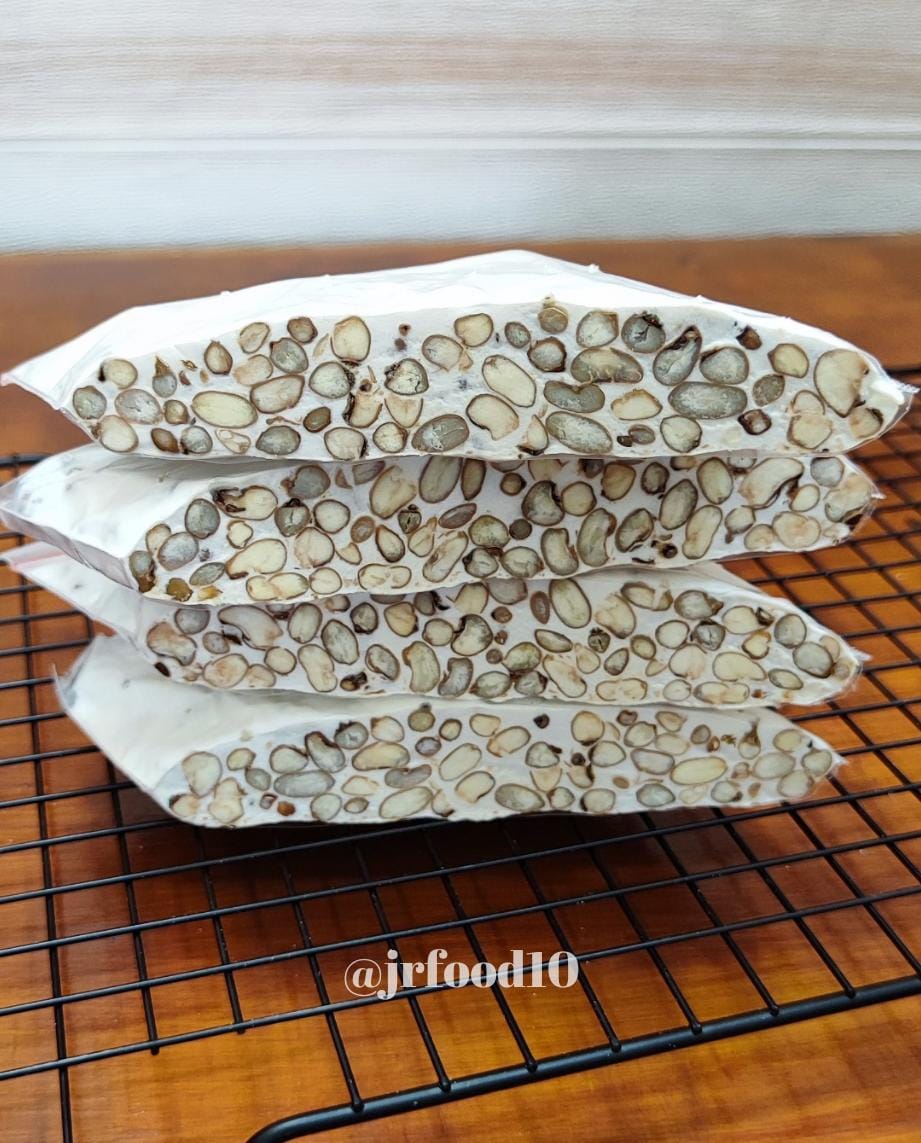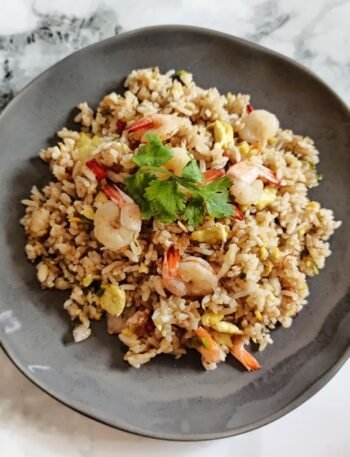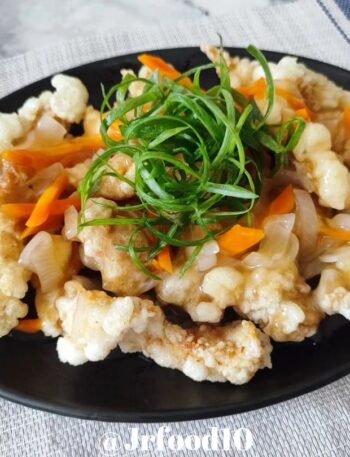Black Eyed Pea Tempeh (Tempe Kacang Tunggak)

Indonesia’s rich culinary heritage boasts an array of flavors and textures, with tempeh standing out as a beloved staple. Among the diverse variations of tempeh, Black Eyed Pea Tempeh, or Tempe Kacang Tunggak, holds a special place for its distinctive taste and nutritional benefits.
Crafting Black Eyed Pea Tempeh (Tempe Kacang Tunggak) from scratch is a gratifying culinary endeavor that honors Indonesia’s rich gastronomic heritage. By following this step-by-step guide, you’ll embark on a journey of discovery, mastering the art of tempeh fermentation while delighting in the wholesome flavors of this traditional delicacy. Embrace the process, savor the results, and relish the satisfaction of homemade tempeh that’s as nutritious as it is delicious.Maintain a consistent room temperature during the fermentation process. Fluctuations in temperature can affect the fermentation rate and the final flavor and texture of the tempeh.
Let’s make cooking a blast! Discover recipes that’ll have you laughing, chopping, and licking your fingers in delight.
Black Eyed Pea Tempeh (Tempe Kacang Tunggak)
A bustling kitchen filled with the aroma of freshly cooked black eyed peas, the sound of laughter mingling with the hum of fermentation, and the anticipation of tasting your very own homemade tempeh. That's the essence of Tempe Kacang Tunggak – a dish that transcends mere ingredients to become a symbol of togetherness and culinary creativity.

Ingredients
Instructions
Begin by soaking the black eyed pea overnight. This critical step initiates the fermentation process that transforms simple black eyed pea into the beloved tempeh.
After soaking, wash the black eyed pea. Pressure cook for 5 mins.
After boiling, strain the black eyed pea and spread them evenly on a muslin cloth. Allow them to dry, ensuring that excess moisture is eliminated. This crucial step creates the ideal environment for the tempeh to thrive during fermentation.
Transfer the dried black eyed pea into a bowl and add 1 gram of tempeh yeast along with 1 tablespoon of rice flour. Stir the mixture well, ensuring that every bean is coated.
Place the tempeh mixture into a plastic zipper bag or use banana leaves if available. Don't fill it to the brim; leave some space for proper air circulation during fermentation.
Using a toothpick, make small holes in all parts of the tempeh mixture. These holes are essential for allowing air circulation, a key factor in the fermentation process. Proper ventilation ensures that the tempeh develops its characteristic texture and flavor.
Let your tempeh rest at room temperature for 2 days. During this period, the magic happens as the tempeh transforms into a savory delight. Keep an eye on the progress, and you'll soon notice the white mycelium covering the black eyed pea – a sign that your tempeh is ready to move to the next stage.
Once the fermentation process is complete, transfer your tempeh to the refrigerator. This not only halts the fermentation but also enhances the flavor and texture of the tempeh.
Servings 2
- Amount Per Serving
- Calories 209kcal
- % Daily Value *
- Total Fat 2.1g4%
- Sodium 393mg17%
- Potassium 6mg1%
- Total Carbohydrate 38g13%
- Dietary Fiber 0.2g1%
- Protein 12.5g25%
- Calcium 1 mg
* The % Daily Value (DV) tells you how much a nutrient in a food serving contributes to a daily diet. 2,000 calorie a day is used for general nutrition advice.
Note
- Maintain a consistent room temperature during the fermentation process. Fluctuations in temperature can affect the fermentation rate and the final flavor and texture of the tempeh.
- Ensure proper ventilation by making small holes in the tempeh mixture. Adequate airflow is crucial for the growth of beneficial mold and the elimination of unwanted bacteria.
- Practice good hygiene throughout the preparation process. Clean utensils, containers, and hands thoroughly to prevent contamination and ensure the success of fermentation.
Frequently Asked Questions
Black Eyed Pea Tempeh, also known as Tempe Kacang Tunggak, is a traditional Indonesian fermented soybean product made from black eyed peas. It undergoes a fermentation process that results in a firm texture and a nutty, savory flavor profile.
While both are types of tempeh, Black Eyed Pea Tempeh is made specifically from black eyed peas instead of soybeans. The flavor profile may vary slightly between the two types of tempeh.




















